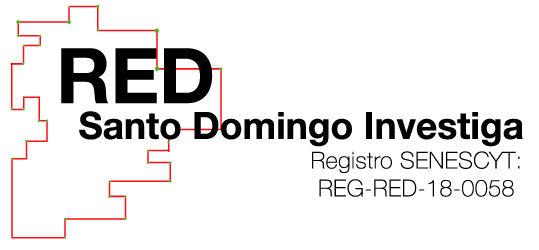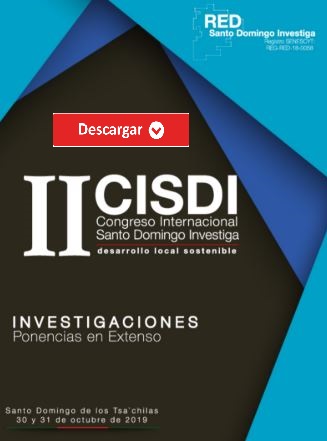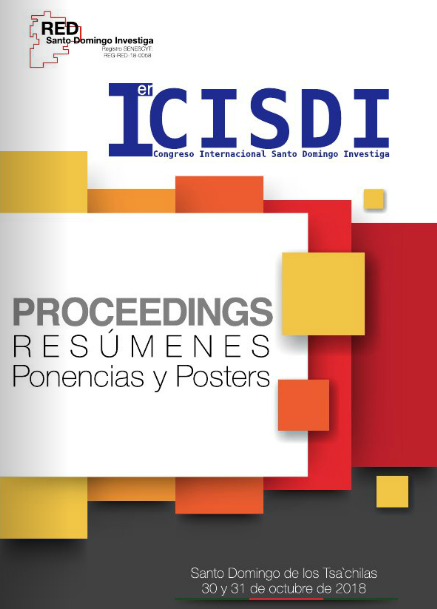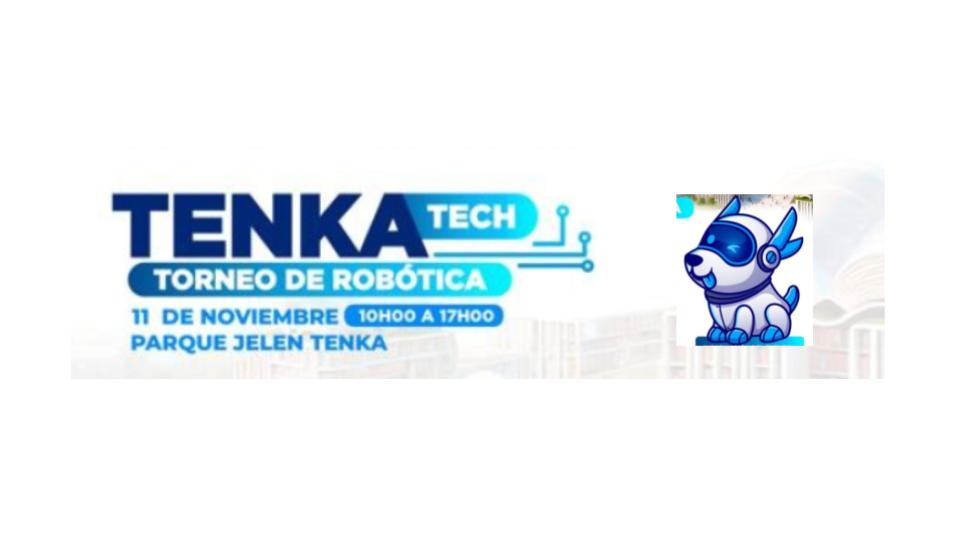CALIDAD DEL AGUA EFLUENTE DE LA PLANTA DE TRATAMIENTO DE AGUA DEL INSTITUTO TSACHILA
EFFLUENT WATER QUALITY OF THE WATER TREATMENT PLANT OF THE TSACHILA INSTITUTE
Gabriel Obregón Veloz
ITS Calazacon
Esta dirección de correo electrónico está protegida contra spambots. Necesita activar JavaScript para visualizarla.
María Gutiérrez Viñan
Esta dirección de correo electrónico está protegida contra spambots. Necesita activar JavaScript para visualizarla.
UTE SD
Elsa Burbano Clark
Esta dirección de correo electrónico está protegida contra spambots. Necesita activar JavaScript para visualizarla.
UTE SD
RESUMEN
El Instituto Superior Tecnológico Tsáchila cuenta con una planta de tratamientos de agua por el método de aireación difusa, con la finalidad de tratar las aguas residuales de las instalaciones del Instituto. El método que aplica la planta para cumplir su función es el de aireación difusa, que es” la inyección de gas aire u oxigeno bajo presión por la parte inferior libre del fluido, es impulsado por un compresor por una presión que depende de la profundidad del agua en el mismo, del caudal del aire y del diseño del difusor” (Burton 1999). El agua tratada por este sistema actualmente desemboca directamente al estero que pasa junto al Instituto sin tener conocimiento del tipo de agua efluente que sale del sistema de tratamiento; por lo que se requiere un estudio sobre la calidad del agua efluente de la planta de tratamiento y determinar la eficiencia del sistema; y así establecer mediante parámetros técnicos si la calidad de la misma no está afectando al medio ambiente y dar un mejor aprovechamiento a este líquido. La metodología empleada para la investigación será el método experimental y el de análisis y síntesis, los que permitirán analizar y determinar la calidad del agua tratada. Los datos técnicos de dureza, PH, acidez y otros serán analizados estadísticamente por el método de phi cuadrado; los mismos que determinarán la calidad de la misma.
Palabras Clave: agua, tratamientos, calidad, aprovechamiento, analisis
ABSTRACT
The Tsáchila Higher Technological Institute has a water treatment plant by the diffuse aeration method, with the purpose of treating wastewater from the Institute's facilities. The method applied by the plant to fulfill its function is that of diffuse aeration, which is "the injection of gas air or oxygen under pressure through the lower free part of the fluid, it is driven by a compressor by a pressure that depends on the depth of the water in it, the air flow and the design of the diffuser "(Burton 1999). The water treated by this system currently flows directly into the estuary that passes by the Institute without having knowledge of the type of effluent water that leaves the treatment system; therefore, a study on the effluent water quality of the treatment plant and determine the efficiency of the system is required; and thus establish through technical parameters if the quality of it is not affecting the environment and give a better use to this liquid. The methodology used for the investigation will be the experimental method and the one of analysis and synthesis, which will allow to analyze and determine the quality of the treated water. The technical data of hardness, PH, acidity and others will be analyzed statistically by the phi-square method; the same ones that will determine the quality of the same.
Key words: water, treatments, quality, use, analysis

















